Description for Pharma Tramodol
Pharma Tramadol is a medication commonly used to relieve moderate to severe pain. It belongs to a class of drugs called opioid analgesics. Tramadol works by binding to opioid receptors in the brain and spinal cord, which then reduces the sensation of pain.
Pharma Tramadol is available in various forms, including immediate-release tablets, extended-release tablets, and capsules. The immediate-release tablets provide quick pain relief, while the extended-release formulations offer a longer duration of action, providing sustained pain management.
This medication is used to treat a wide range of pain conditions, such as postoperative pain, injury-related pain, chronic pain, and pain associated with conditions like osteoarthritis or fibromyalgia. It can also be prescribed for other medical purposes as determined by a healthcare professional.
Before taking Pharma Tramadol, it is essential to consult with a doctor or pharmacist, as it may interact with other medications or have contraindications. Tramadol is typically taken orally and the dosage is determined based on the severity of pain, individual response, and medical history.
It is important to follow the prescribed dosage and not exceed the recommended limit to avoid potential side effects. Common side effects of Pharma Tramadol may include dizziness, nausea, constipation, headache, and drowsiness. If any of these side effects persist or worsen, it is advised to seek medical attention.
It is worth noting that Pharma Tramadol has the potential to be habit-forming, especially if used for an extended period or in higher doses. Therefore, it should only be used under the supervision of a healthcare professional and as prescribed.
Additionally, abrupt discontinuation of Pharma Tramadol may lead to withdrawal symptoms, such as anxiety, sweating, insomnia, muscle aches, and mood changes. To avoid these effects, it is recommended to gradually reduce the dosage under medical guidance when discontinuing the medication.
Pharma Tramadol is a prescription medication and should not be shared with others, as it is specifically prescribed based on individual needs and medical conditions. It is important to store this medication in a secure place away from children and pets.
In summary, Pharma Tramadol is an opioid analgesic used for the management of moderate to severe pain. It should be used as directed by a healthcare professional, and any concerns or questions should be discussed with them.
Shipping Cost
On all orders is set at $25.00
Secure checkout
Protected by Bitcoin
Offer & gift here
On all huge orders





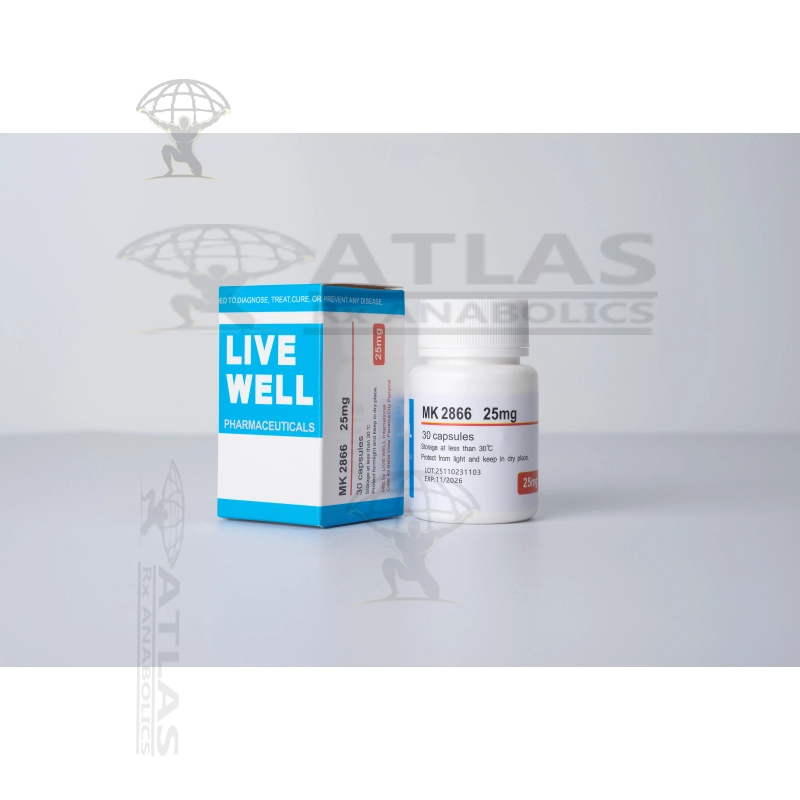
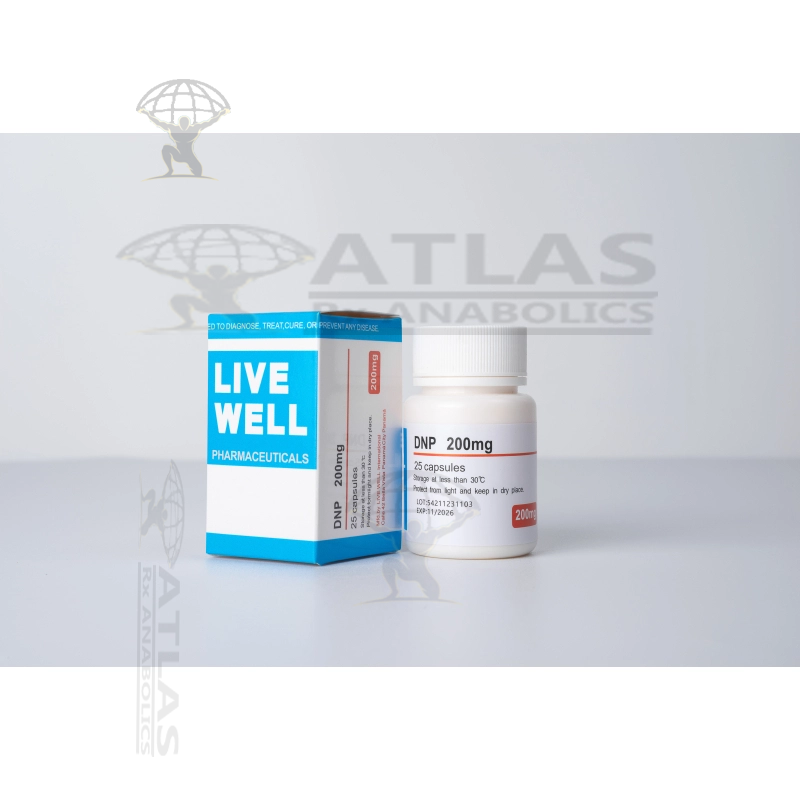
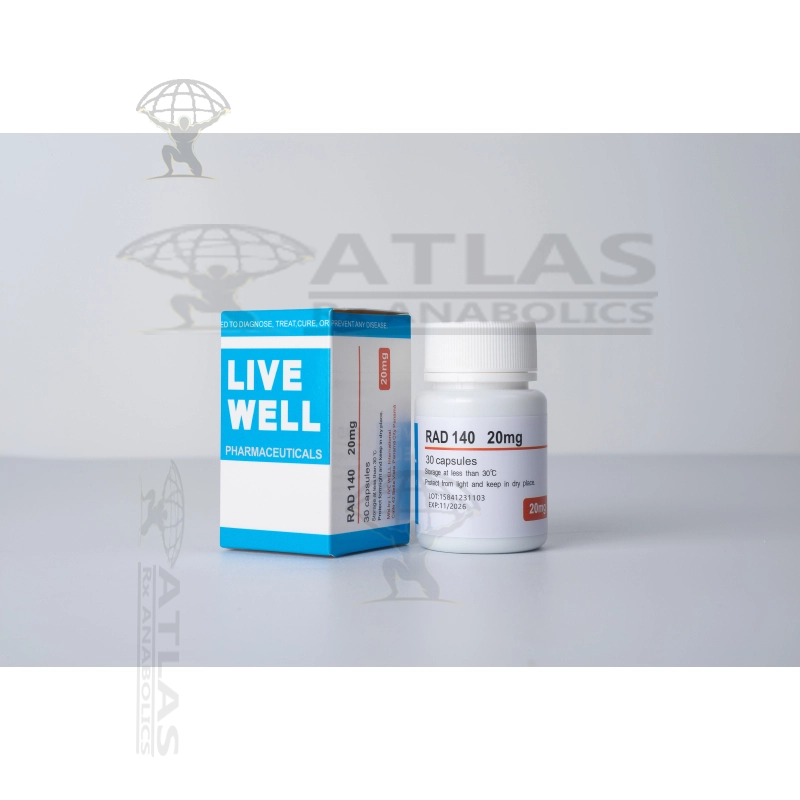
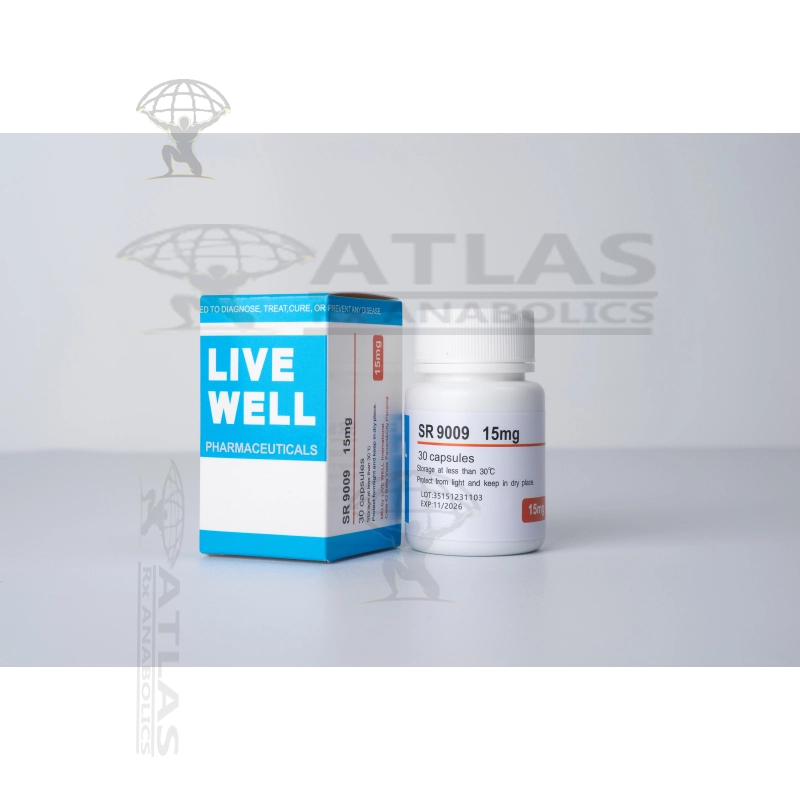
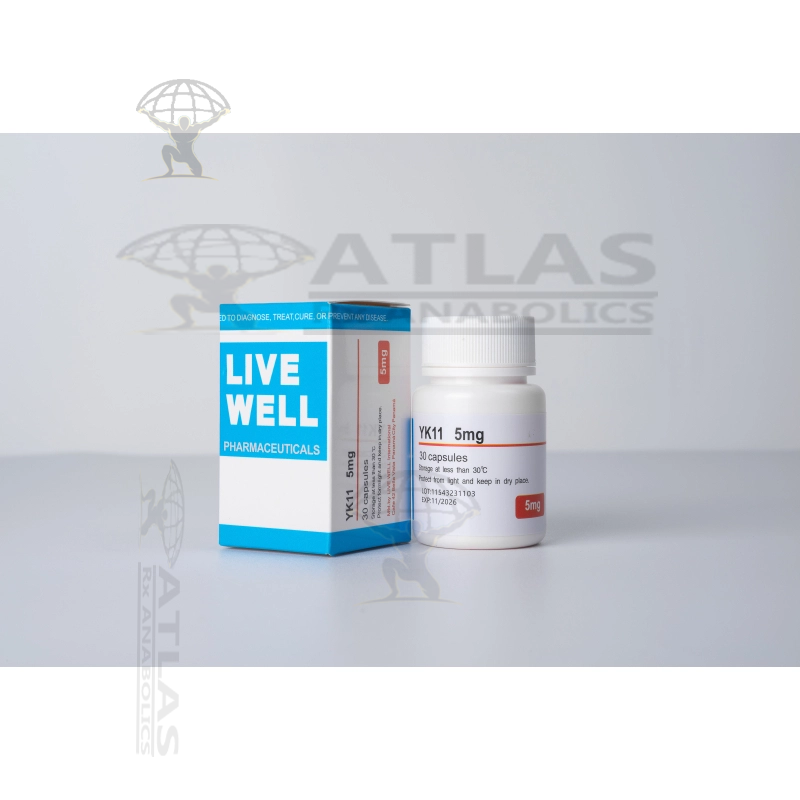
Samuel Richardson
I am thoroughly impressed with this product. It is well-designed, functional, and worth every penny.
Penelope Reed
This product has exceeded my expectations. It's reliable, durable, and worth every penny.
Emily Thompson
I stumbled upon this website while searching for a specific product and I am so glad I did. The product was reasonably priced and the quality is excellent. I will definitely be recommending this website to my friends and family.